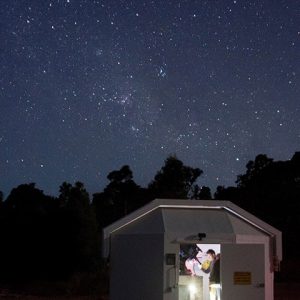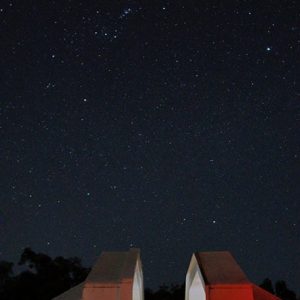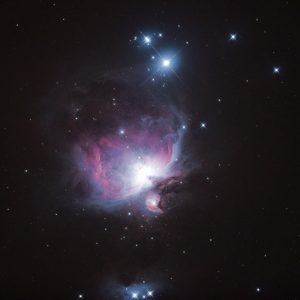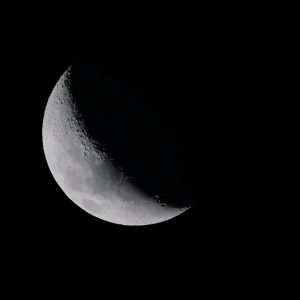Perth Oservatory runs an Astrophotography Workshop
Of all the photographic specialities, photographing astronomical objects is arguably the most technically demanding. The faint objects like nebulae require long exposures and pushing the sensor technology, in even the most advanced consumer equipment to its limits. The camera must be on a solid mount to avoid vibrations, but the mount itself must be able to smoothly and accurately track the object as the Earth rotates under the night sky.
In the last ten years, advances in digital photography technology, especially in low-light and image processing, have brought astrophotography within reach of many amateurs. Nevertheless, there are still many technical aspects to master in order to produce the amazing results we see in astronomy publications and websites.
To provide aspiring astrophotographers with a solid grounding in theory and practice of these specialised techniques, Roger Groom, a volunteer at Perth Observatory and an experienced astrophotographer, ran an introductory astrophotography workshop at the Perth Observatory during the afternoon and evening of 19th November. Following an afternoon in the Observatory’s lecture room demonstrating the use of different cameras, mounts, telescopes, auto guiders and computer software, the participants were keen to try out the techniques in the evening at the Observatory’s viewing area. Alas, clouds made this impossible, so a subsequent evening was arranged on the 5th of December. This time the skies were clear and participants tried taking a range of photos either using their own equipment or attaching their cameras to the Observatory’s new 14 inch Meade LX200, which was equipped with a Skywatcher ED80 piggy-back guide scope.
With Roger providing advice and feedback and assisted by other experienced astrophotographers and telescope operators from the POVG, many participants produced some extremely impressive results, samples of which are shown in the gallery below. Overall it was a great success, and could very well become a more regular event at the Perth Observatory in 2017.
 |
 |
 |
 |





